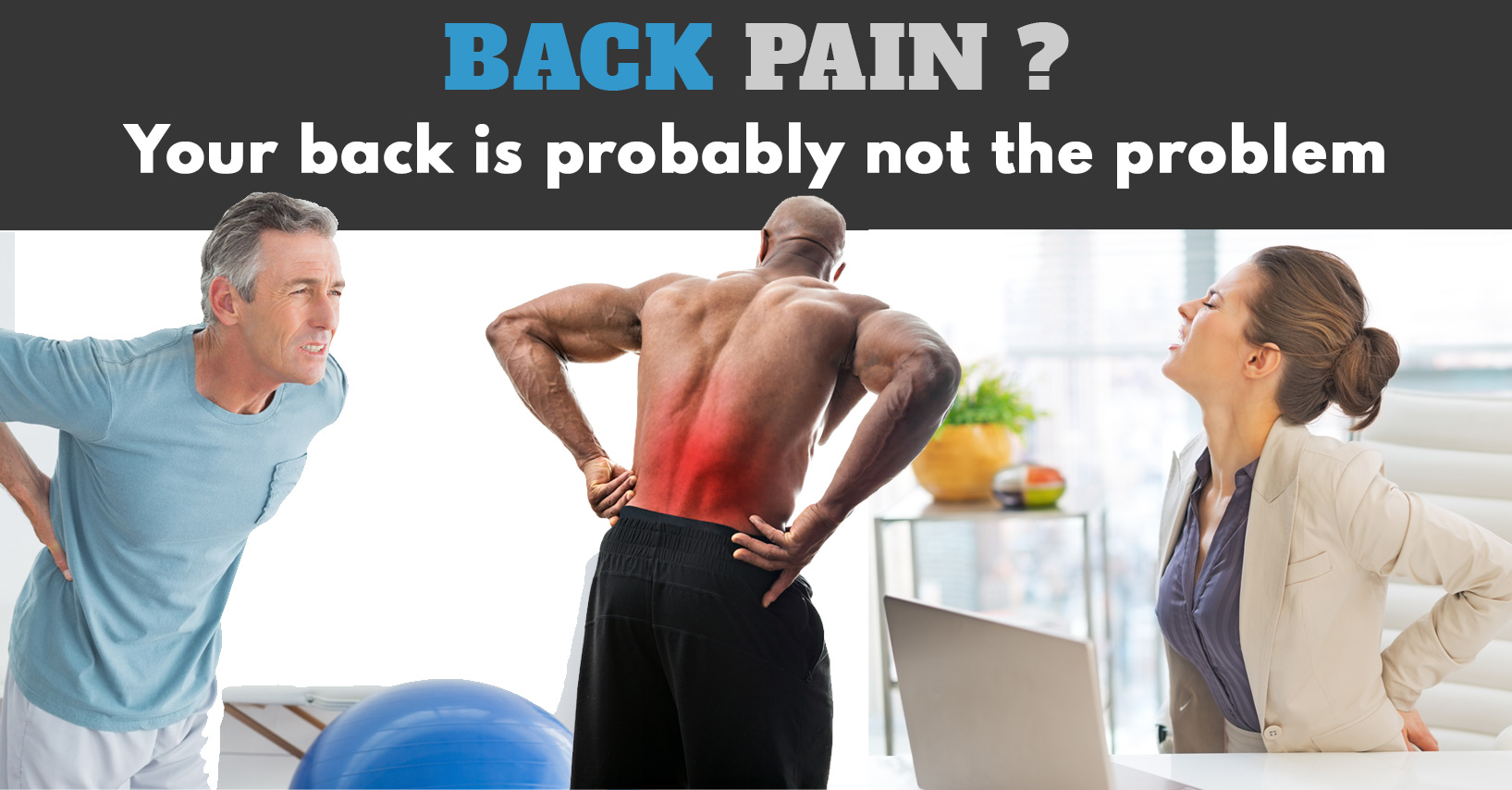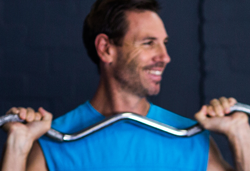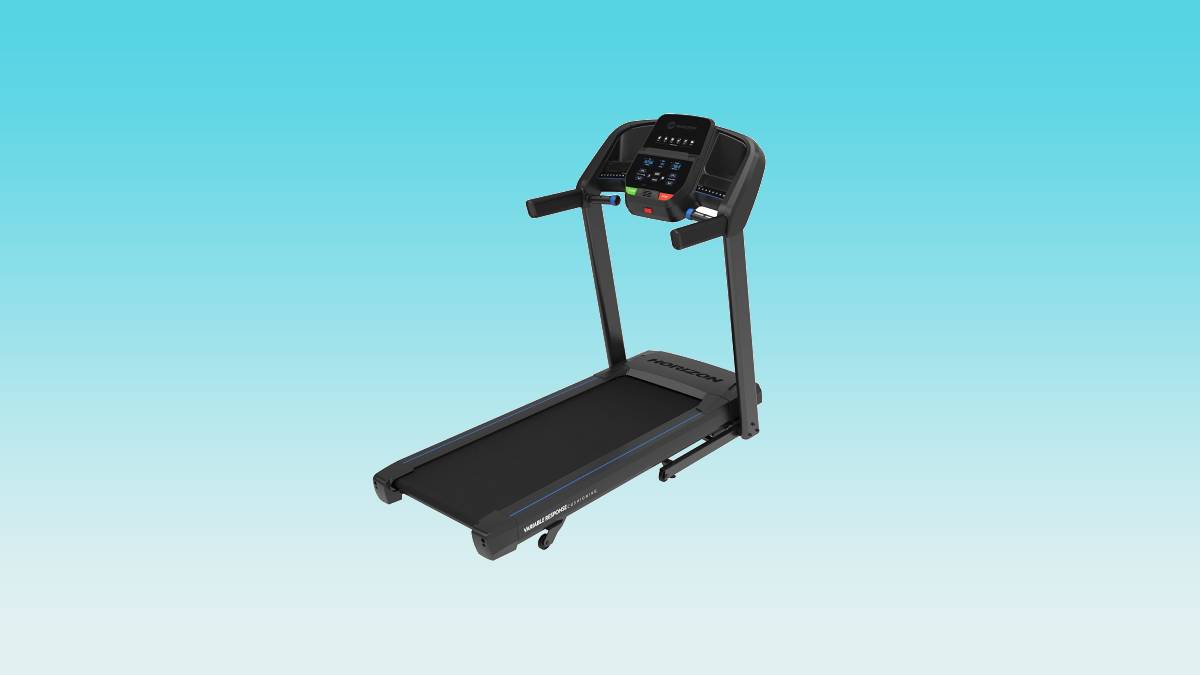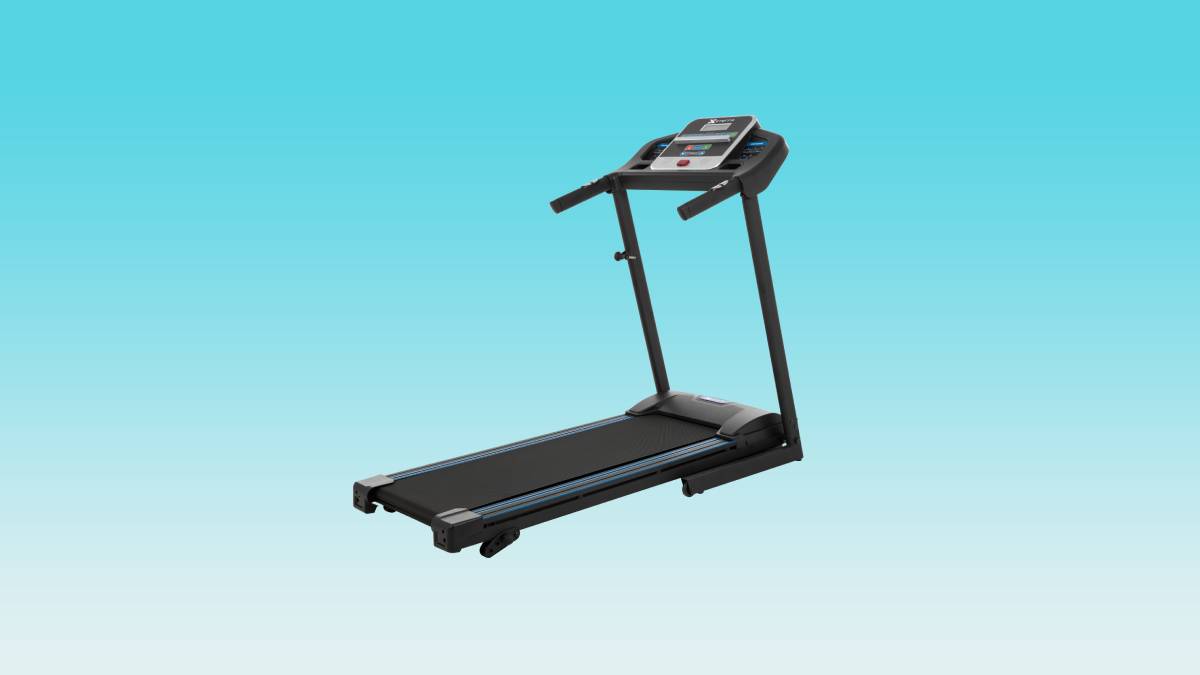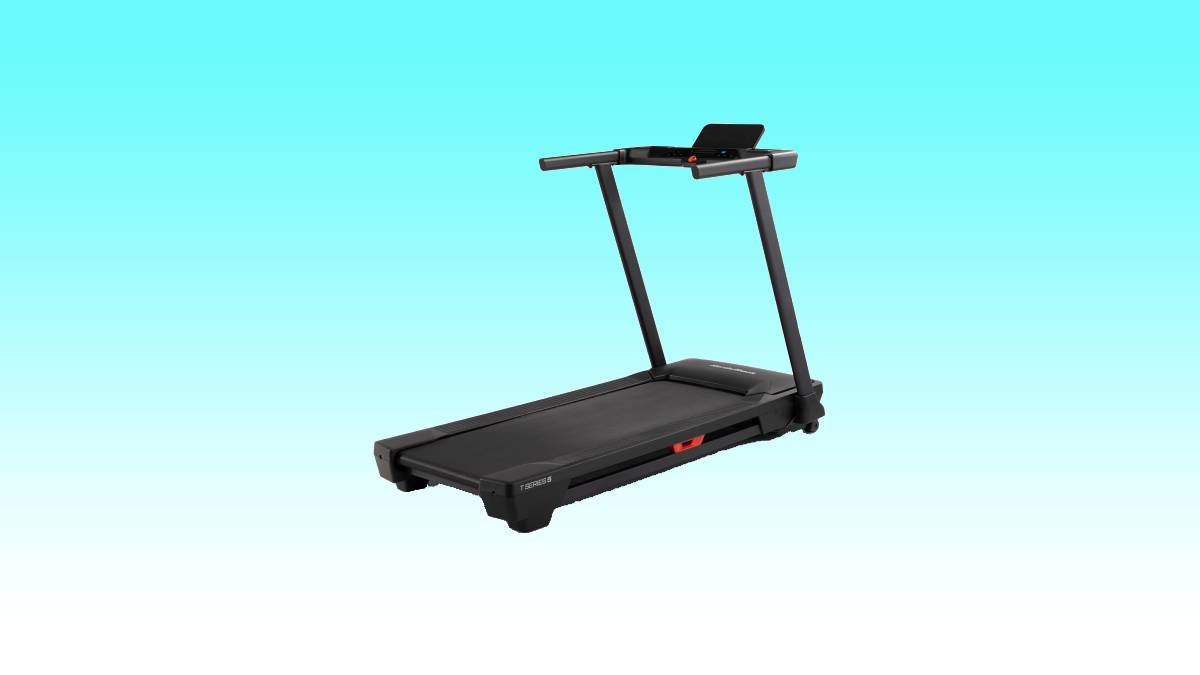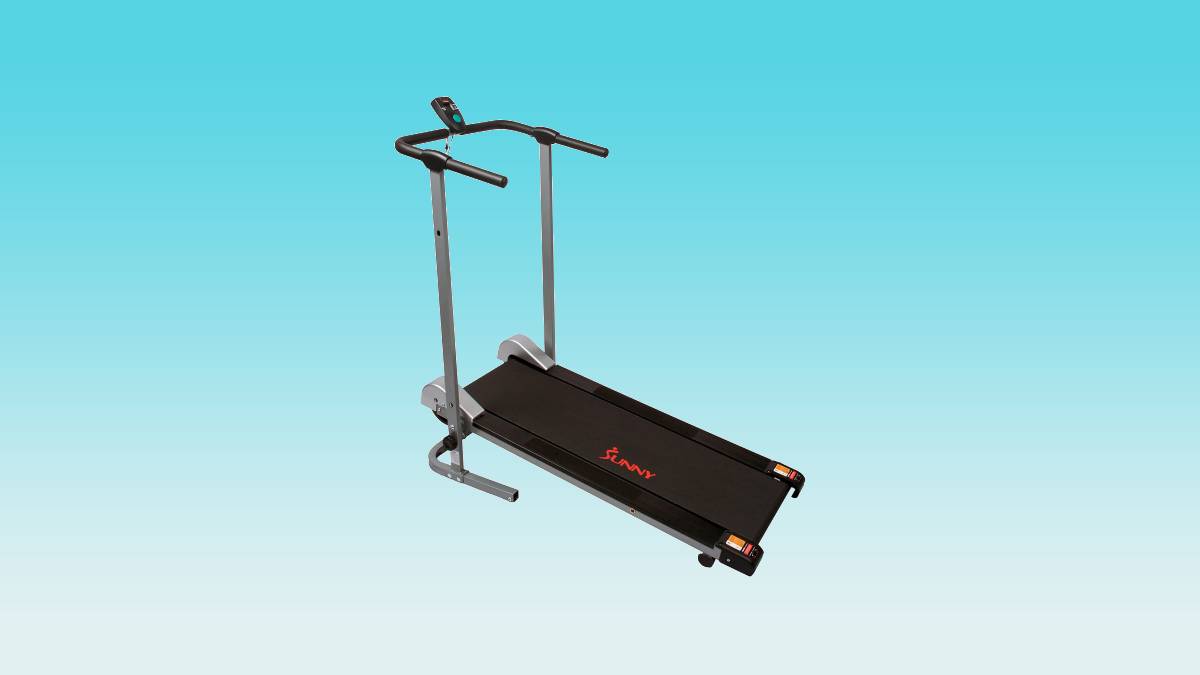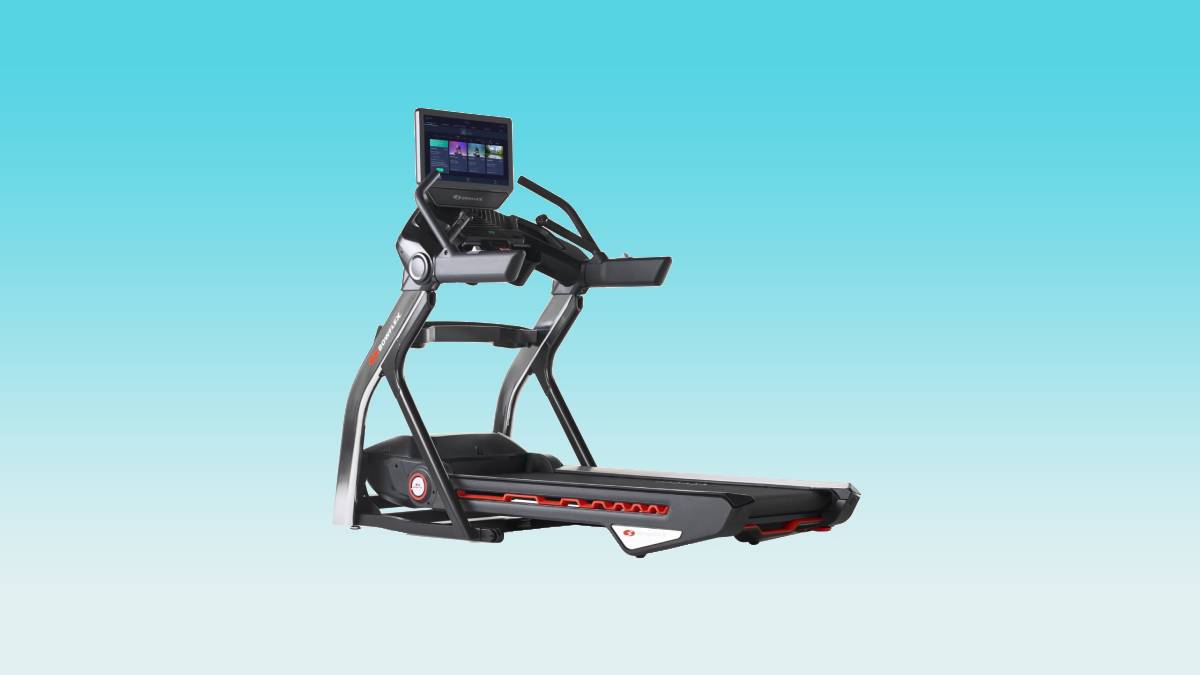So you are absolutely sure that what causes your pain is your back right?
Make sense doesn’t it?
Well, guess what?
Your back isn’t probably the source of the problem!
If you’re like most people, you probably don’t spend a lot of time thinking about your hip flexors.
Perhaps you’re more worried about the pain in your lower back or your aching knees.
However, here’s the shocking news:
That pain in your lower back or knees just might be caused by your tight hip flexors.
We’ll cover 4 causes of tight hip flexors and back pain and what can do you do about it.
Spoiler alert: You don’t need to do anything dramatic.
It only takes a few minutes a day to relieve your back pain and loosen up your tight hip flexors, so read on…
What Do Hip Flexors Have to Do With Your Back and Knees?
Your hip flexors are a group of muscles found along your abdomen and upper thighs.
The main function of the hip flexors muscle group is simple. It is to bring your knees up towards your chest.
They are incredibly strong, or at least, they should be.
Unfortunately, it seems that modern life and strong, flexible hip flexors usually don’t go together.
When your hip flexors are tight and not functioning the way they’re supposed to, you’re vulnerable to all sorts of injuries and problems.
That lower back pain you have after sitting all day at work and the burning shins you feel after a run may all be traced back to having tight hip flexors.
Sitting is a key cause of tight hip flexors. Even if you work out a lot in the gym, as long as you don’t perform certain stretches you may suffer from tight hip flexors just as well as a sedentary person may.
In fact, much of the pain you feel in your legs and feet may all begin in your hip flexors.
Hip Flexors are Responsible for Many Body Functions
One of the leading advocate on the importance of the hip flexors is Rick Kaselj. Kaselj holds a masters degree in Exercise Science and a B.Sc degree in Kinesiology (the study of bio-mechanics).
Kaselj created the extremely popular hip flexors flexibility program Unlock Your Hip Flexors which is 10 steps video program that helps people relieve back and knee problems as well as a host of other indirect health-related issues. Kaselj says many people started the program strictly because of back issues but found out other improvements in the quality of their life.
In fact, Kaselj calls the hip flexors the “hidden survival muscle” since he believes it’s the single most important skeleton muscle that holds many hidden health benefits such as improving back posture, sleep, digestive problems, immune system and more.
Groin Pain Mostly the Result of Non-Elastic Hip Flexors
Pain in the groin area specifically where the tight connects with the pelvis is usually the result of stiff hip flexors.
The good news is that in most cases performing stretches can alleviate the pain. However, sometimes a prolonged non-treated condition can lead to a fracture or spasm in the groin area, so if in doubt check with a doctor.
It’s not always easy to diagnose the cause of groin pain, but the direct or indirect result of tightness and lack of flexibility of the hip flexors muscle group are almost always the ones to blame.
Dormant Butt Syndrome (DBS)
Hip flexors are responsible indirectly for so many other conditions, and the dormant butt syndrome is one of them. You may laugh at the name of the syndrome, but it’s not so funny if you suffer from it.
The pain isn’t in the butt itself but is manifested in the knees, hips, and back. The dormant butt syndrome is yet another name for a host of discomforts and pain that are the result of non-flexible hips and gluteus muscles (the butt muscles).
The Ohio State Medical Center stresses the importance of stretching your hips and which in turn also stretches your butt to avoid the symptoms of back pain, knee pain, and hip pain.
Even merely getting from your chair frequently and do some shorts walk around the house or the office is very beneficial.
A Closer Look at the Hip Flexors
Maybe understanding more about the hip flexors will make it easier to appreciate why these muscles are so important and how they can affect so many other parts of the body.
Several muscles are considered to be a part of this group.
However, the two most important are the psoas major and the iliacus. You may hear them being referred to as the iliopsoas.
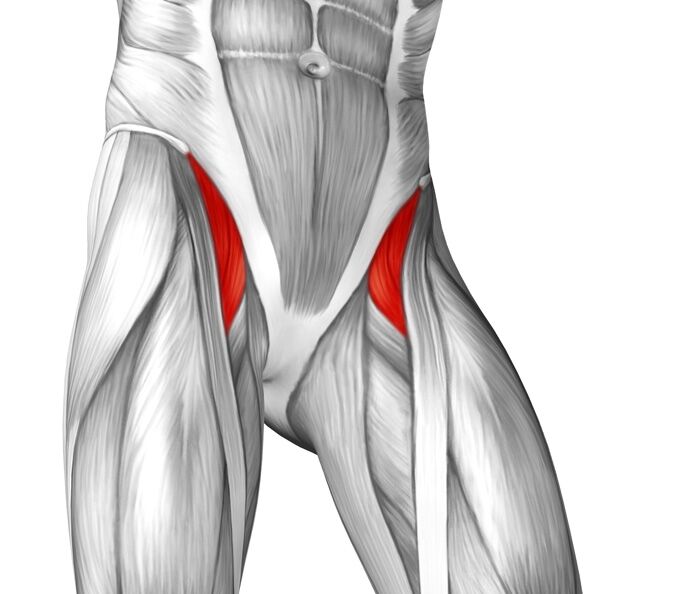
The iliopsoas is important because it is the strongest muscle in the hip flexor group. It lies deep within the body, and it stabilizes the lower back as well as making hip flexion possible.
In other words, it’s what makes it possible for you to lift your thigh bone up toward your body.
Dancers, Athletes and the Iliopsoas
When your iliopsoas is strong and flexible, you can lift your leg at more than a 90 degree angle to your hip.
Dancers generally have incredibly well-developed iliopsoas muscles, which gives them impressive extension.
Similarly, track and field athletes who run hurdling events will have highly developed iliopsoas muscles.
Unfortunately, this kind of activity may also overstrain and injure the iliopsoas.
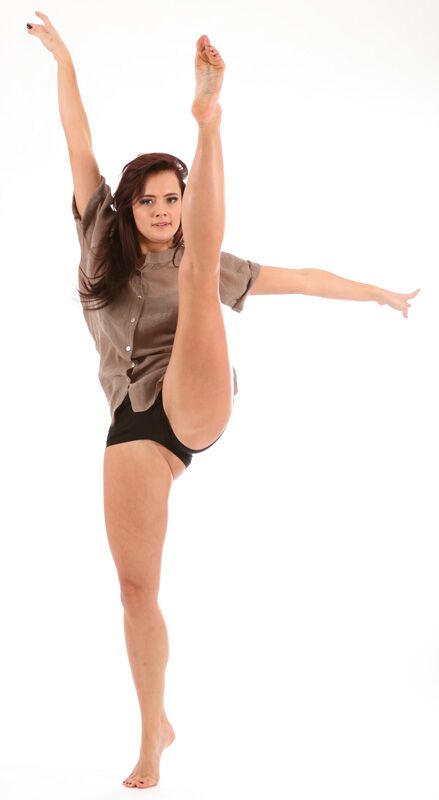
Lower Back Pain Associated with the Iliopsoas
The iliopsoas is attached to the lower back.
This is why tight, short hip flexors often make themselves known through lower back pain.
They pull on the muscles and tendons of the lower back, pulling them out of alignment.

The problem must be addressed with strengthening and stretching of the hip flexors. Otherwise, a complete recovery isn’t possible.
The good news though is that it’s easier than you think to fix!
Tight Hip Flexors Can Happen to Anyone
Hip flexor tightness affects people in all walks of life.
Whether you are an office worker or a long distance runner, you may have a very similar problem, though the cause is not necessarily the same.
The officer worker may be bothered by tight hip flexors because he sits all day.
The the long distance runner may have the same problem because she overuses the muscles and has weak glutes.
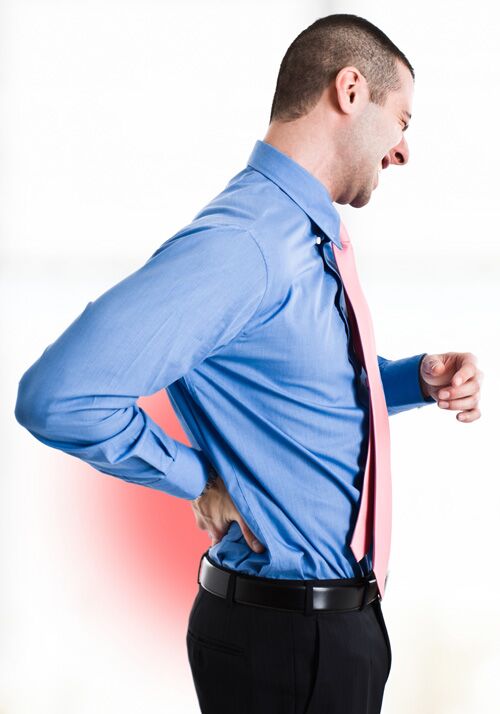
Squatting and the Hip Flexor
Because the hip is such a powerful joint, it affects nearly all athletic movements.
Weight lifters may have trouble with squats because of posterior weakness. In other words, they get tight hip flexors because they aren’t using the muscles in the butt correctly.
Accordingly, that large muscle group in the butt isn’t pulling its share of the load.
This forces other muscles to compensate, especially those in the lower back.
Those muscles just aren’t designed to take on that kind of strain.
Your hip flexor muscles also assume that burden.
Once again, they were never meant to do something that is really the responsibility of your glutes.
In case of Acute Strain To Your Hip (Sudden Pain)
If you strain your hip you’ll know it as the pain will be sudden and intense.
In the case of an acute strain, the first thing that is recommended is to apply ice to the area in order to minimize inflammation.
We are not big fans of medications, but if the pain is unbearable Tylenol (Acetaminophen) or an anti-inflammatory like Advil (ibuprofen) can significantly reduce the pain.
When your situation improves, usually within a couple of days, you can begin doing stretches, but always start slowly.
SO WHAT REALLY CAUSES TIGHT HIP FLEXORS?
By now, you probably understand that almost everyone has tight hip flexors.
This is bad news because the hip is an especially powerful joint and the muscles that support it must be accordingly strong. (The good news is that you can easily get it fixed but more on this later)
Unfortunately, those muscles are often tight, short and weak, which leads to tons of problems like groin pain, a sore lower back and hips that hurt.
This may make it hard for you to participate in favorite activities or even just to stand up straight after you’ve been sitting for a while.
All of which is why it’s so crucial for you to be able to identify the causes of tight hip flexors.
Even more important is finding out how to fix the situation or how to prevent it from happening in the first place.
While the hip flexors are very important to strengthen, you should also work on have a strong core. That’s why I also advice you do some other bodyweight back exercises if you can spare a few minutes.
Let’s take a look at all of the causes of hip flexor tightness and the trusted remedies that can help make you far less vulnerable to injuries and daily discomfort.
TIGHT HIP FLEXORS CAUSE # 1 : TOO MUCH SITTING
Sitting is, by far, the number one cause of hip flexor tightness.
Be honest about how much time you spend sitting every day.
There’s the eight or so hours you spend at work, plus the time you spend sitting in your car or on the bus.
You sit down when you eat, when you watch TV, when you read, when you check in on social media or when you play video games.
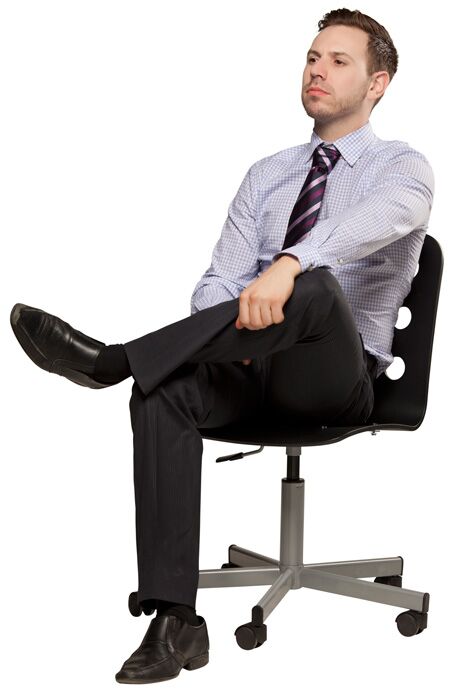
Combine that with the approximate eight hours a day you spend in bed, and you are probably sedentary for approximately 21 hours every day.
That’s extraordinary. Especially when you realize that your body just wasn’t designed to sit down all day.
No wonder so many of us are troubled by knee, hip, back and foot pain.
Our daily lives set us up for ongoing pain and distress because it requires us to be sedentary.
However, our bodies were made to move.
What Happens to the Hip Flexors When You Sit?
Sitting all day is especially bad news for your hip flexors. Your hip flexor muscles are in a shortened position for as long as you sit.
Blood circulation and nerve activity are inhibited. After days, weeks and years of too much sitting, your hip flexor muscles get used to being in that condition.
They simply become shorter than they were before.
Your hip flexor muscles are now weak and unresponsive. Your lower back hurts, and maybe your hips do too.
You start to believe that chronic pain is something you just have to live with.
The reality is that you have the power to make some changes.
The Solution : Stand Up
The easiest thing you can do to remedy your situation is to stand up.
It’s not easy at first, you’re used to sitting.
Despite the pain, sitting is generally considered more comfortable than standing.
That’s why it’s important to start standing in small doses and work your way up to longer periods.
How can you incorporate standing into your day?
One of the best ways is by getting a convertible desk that lets you stand for at least two hours a day.
Gradually, you can work your way up to four or more hours of standing.
These desks can be adjusted to be used either while seated or standing, giving you the ability to control how much of each you do each day.
Other Opportunities to Stand Up
You might let someone else have your seat on the bus or train.
Perhaps you’ll decide to stretch instead of sit while watching television.
You could pace while you talk on the telephone or decide to go for a walk around the neighborhood instead of playing video games.
Some people have had success with setting up a treadmill or other cardiovascular machine in front of the television so they can exercise while being entertained.
The reality is that there are countless ways that you can incorporate more standing and movement into your life.
With a little determination and creativity, you can shift your day from sedentary to active.
Besides a ton of benefits of being more active, you’ll be giving yourself an opportunity to live with less pain that’s caused by tight hip flexors.
Another Solution : Simple Stretches
If you’re already suffering from tight hip flexors, and less face it, you probably are, then standing more is a great place to start.
However, you’ll also need to stretch those hip flexor muscles to see even more improvement.
Perhaps the most basic and essential stretch that you’ll need to master and make a part of your daily routine is the kneeling groin stretch, which is also known as the Samson stretch.
HOW TO DO IT
Basically, all you need to do is to get down on one knee with your other leg in front of you.
Your front leg is bent at a 90 degree angle with your foot flat on the floor. Keeping your hips straight and pointed forward, you lean into that front leg, feeling a stretch along the front of the hip of your other leg.
Hold this pose for several seconds before relaxing it and then going back into the stretch a few more times before switching legs.
Do this stretch at least once a day, and perhaps two or three times a day, to experience significant relief from hip flexor tightness.
TIGHT HIP FLEXORS CAUSE # 2 : WEAK GLUTES
When your butt muscles are weak, other muscles are forced to compensate.
Often, this means that your hip flexors must take on responsibilities that they were never meant to accept.
Unsure whether or not your glutes are weak?
Try out this simple hip extension test by lying on your stomach.
Lift one of your legs off the floor, keeping the knee straight.
If you must bend your knee or if significant lumbar extension occurs, then you may be dealing with weak glutes.
The muscles in your butt may become weak from too much sitting, but it may also be a sign that you’re not doing enough strength training for these muscles.
Just as bad, weak glutes may be the result of using improper techniques when you do glute exercises like the squat.
The Solution : Strengthen Your Glutes
One of the best exercises for strengthening the muscles of the butt is the squat.
Of course, it’s vital that you perform the exercise correctly.
The STEP UP is another excellent way to build stronger glutes.
You don’t have to start with a big step.
Just stepping up onto an exercise step or the first riser on a staircase is a good place to begin.
The GLUTE BRIDGE is a simple movement that strengthen your butt.
Work it into your regular exercise routine if you have one. If you have an office job, just doing so twice a day during breaks can make a huge positive impact on your back health.
Here’s how to do it:
TIGHT HIP FLEXORS CAUSE # 3 : TIGHT HAMSTRINGS
Strong, flexible hamstrings are a necessity if you want to have strong, flexible hip flexors.
Unfortunately, most of us have very tight hamstrings, which puts added strain on the hip flexor muscles.
Many different athletes, like runners and weight lifters, are plagued by tight hamstrings because of the activities they do.
Of course, you don’t have to be an athlete to have tight hamstrings.
Some people have tight hamstrings because everyone in their family has them too.
That’s right, you can inherit your flexibility, or lack of it, from your family. A sedentary lifestyle just makes the problem worse.
The Solution : Stretch Those Hamstrings
Daily stretching of the hamstrings is essential if you’re going to combat this problem.
Several simple, straightforward exercises can help you achieve more flexible hamstrings, which will also help you have stronger, more flexible hip flexors.
Both static and dynamic stretches can be extremely helpful. Whichever stretches you decide to try, be sure to start out slowly.
Don’t strain the muscles too much or you may end up with another injury.
If your hamstrings are really tight this visual guide can help you loosen your hamstrings in just a few minutes a day.
STANDING HAMSTRINGS STRETCH
Just stand with your feet shoulder width apart. Bend at the hips, keeping your legs straight, until you’ve gone as far as your hamstrings will let you.
Feel free to rest your hands lightly on your thighs, knees, shins or feet if it feels more comfortable.
Take several deep breaths to see if you can deepen the stretch before rolling upward through the spine back to a standing position.
What’s great about that hamstrings stretch is that you don’t need to lay on the floor, so you can do it everywhere!

Standing Hamstrings Stretch
Another good stretch is the Scissor Hamstring Stretch.
Here’s how to do it :
TIGHT HIP FLEXORS CAUSE # 4 : INJURY TO THE ILIOPSOAS
Athletes and dancers are probably among the most common people who may experience an injury to the iliopsoas.
Unlike people who sit all day, these injuries are typically caused by overuse.
Runners who try to suddenly increase speed or distance or dancers who significantly increase the number of days a week on which they practice may all be subject to these injuries.
When the iliopsoas is injured, it’s virtually impossible to continue to participate in the activity that caused the injury.
This can be especially disheartening for dancers who are preparing for a performance or for athletes who are gearing up for competition.
The Solution : Rest and Retrain
As frustrating as it is, an injury to the iliopsoas needs time and rest to heal.
This may mean not participating in the activity that caused the overuse for a few weeks.
A return to the activity may be slow and progressive, and is probably best done under the guidance of a doctor or physical therapist.
Strengthening and stretching the hip flexors will be important during the healing period.
Doing the Samson Stretch which is described in the Tight Hip Flexors cause #1 above, is a good place to start.
Some simple strengthening exercises will also serve you well.
Your psoas gets a bit stronger each time you lift your knee above a 90 degree angle with your hip. Sit on the floor or an exercise step.
Alternatively, you could sit on a hard chair like one from a dining room table.
Use good posture with your spine straight and your legs bent at 90 degrees so that your feet rest flat on the floor.
Maintain that posture as you raise one leg so that your knee is higher than your hip.
Your abs should be tightened, and it’s important that you don’t lean forward or back.
Hold your leg in this position for a few seconds before lowering your foot back to the floor and switching to the other leg.
Try to work up to three sets of five repetitions per leg.
To prevent against an iliopsoas injury in the first place, don’t try to ramp up your training too quickly.
Gradually adding speed, distance and training time is the best way to ensure that your hip flexors, and your other muscles, get used to the increased demands.
IT’S EASY TO LOOSEN YOUR TIGHT HIP FLEXORS WITH MINIMUM EFFORT
You know that much of the pain and discomfort that you experience on a daily basis is likely caused by hip flexor tightness.
After reading about what causes this tightness, you’ve probably also identified which one is behind the pain you experience.
That’s good news!
Because now you also know how to fix it and the best thing is that it doesn’t require that much effort either.
Just being conscious and doing very simple and easy to do basic stretches and movement can pay off.
WHAT’S NEXT?
If you want a complete step-by-step hip flexors program then definitely check the popular unlock your hip flexors program (here). It’s an effective and easy to follow program designed to release tight hips.
Can you commit to doing small changes? If so, you will experience less chronic pain, which means you can participate in your favorite activities, feel healthier and even sleep better at night.
* Remember that each person is different and you your back pain may be caused by various other issues so don’t diagnose yourself consult with a doctor with any pain you have and before beginning any exercise program.

